Building for the better: Addressing the housing shortage with quality construction
It’s no surprise Toronto’s housing market is reaching critical levels as the rising cost of living, high rental rates, a shortage of construction workers and the city’s growing population are exacerbating the imbalance between supply and demand.
Toronto is experiencing a surge in condominium listings, but few highlight that the suites are primarily small and not fit for family living. According to the Toronto Regional Real Estate Board (TRREB)’s June 2024 market watch data, listings for units in the 500- to 599-square-foot range soared by 50 per cent compared to last year.
Are Torontonians being heard?
Unfortunately, family-sized condominiums make up only about 10 per cent of the market, despite a growing and pressing demand from families. This shortage of larger, multi-bedroom suites designed for families and multigenerational living leaves many buyers, particularly those seeking homes that accommodate extended families, underserved and frustrated. This begs the question: when it comes to housing supply, are Torontonians being heard?
In April, we conducted a survey with members of the Angus Reid forum to capture what Torontonians are feeling about Toronto condominiums, and the results were illuminating. Almost half of respondents (47 per cent) see the potential for condominiums to be their long-term homes, and this statement is echoed strongly by current condominium dwellers, with 71 per cent expressing confidence in condominium living.
However, despite the increase in positive outlook, a staggering 93 per cent of respondents believe that Toronto needs better-built condominiums that suit people’s lifestyle needs, and nearly four in five respondents think that most Toronto condominium units are poorly constructed, indicating dissatisfaction with the current landscape.
Market caters to a misguided notion of “investor” instead of “end-user” condominiums
For condominium developers like us, this disconnect between what’s available in the market and what Torontonians need and want is strikingly clear. For far too long the market has catered to a misguided notion of what “investor”-focused condominiums are, rather than “end-user” condominiums.
This belief has been that investor buyers are predominantly interested in smaller units.
We believe all condominiums should be end-user-focused, and by meeting the demands of end-users, they become a good investment as well. This notion of catering to investors has led the market with an overwhelming supply of small units that many do not deem as viable homes.
Understanding and responding to Torontonians’ housing needs
A home should inspire pride and satisfaction. It should not be a compromise driven by convenience. Torontonians need not settle for underwhelming condominium developments with small suite layouts and poor build quality. Developers need to listen and create homes that meet the real needs and aspirations of the people, rather than simply adding more shoebox units to Toronto’s already imbalanced housing stock.
All of this just scratches the surface of the issue. Beyond size alone, developers bear the responsibility to construct sustainable, high-quality homes that meet people’s expectations. Much of today’s condominium stock lacks the thoughtful architecture, quality and design necessary to make condominiums both a comfortable and enjoyable home for everyone.
We’ve all heard the same story from our friends who live in condominiums: “I can hear my neighbours,” “The wait time for the elevators is far too long,” and so on. It’s really no wonder that more than 34 per cent of Torontonians believe that owning a condominium is like owning a box in the sky, but it doesn’t have to be that way.
Liveability above all: Condominium developers need to keep quality at the core
The growing dissatisfaction among condominium owners suggests that we need to make a drastic change in what we’re building and how we’re building it.
Developers must shift their focus to quality and liveability. This means designing homes that people are proud to own and live in, with the space, comfort and amenities that support a high quality of life, creating sustainable, vertical urban environments for people of all ages and life stages. We need to build condominiums that make people want to live in Toronto and enjoy everything that our beautiful city has to offer.
Bridging the gap is a developer’s responsibility
Toronto’s housing crisis requires an approach that addresses both the quantity and quality of homes and developers have a crucial responsibility in this. The solution isn’t just about building more units; it’s about building the right kinds of homes.
Only by closing this gap between what’s available and what’s needed can we hope to resolve the crisis and create a city where everyone feels at home.
Categories
Recent Posts

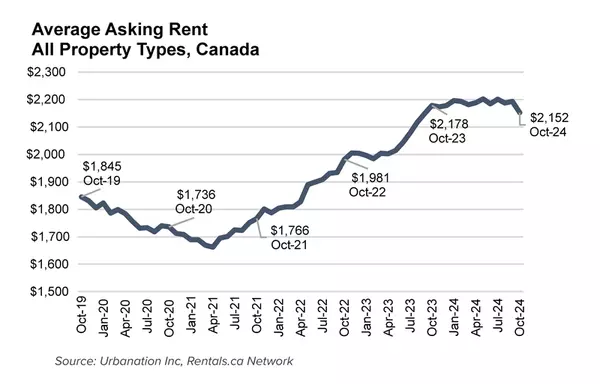


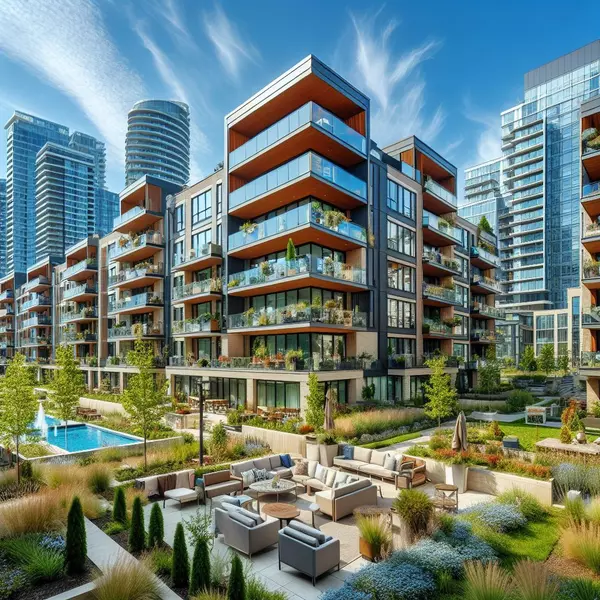
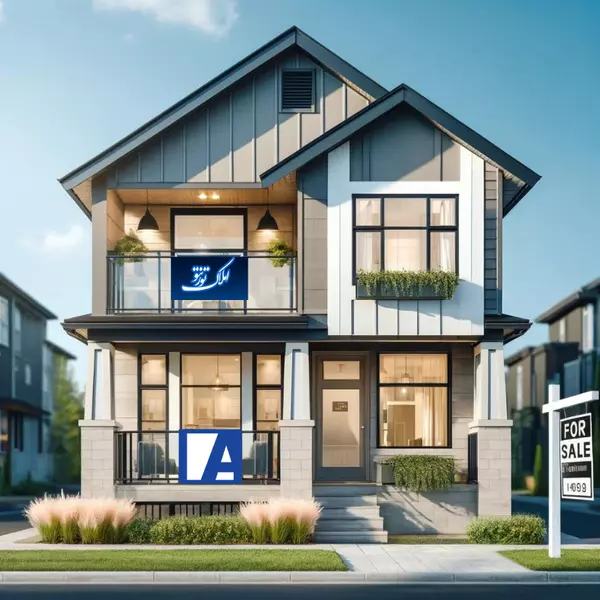
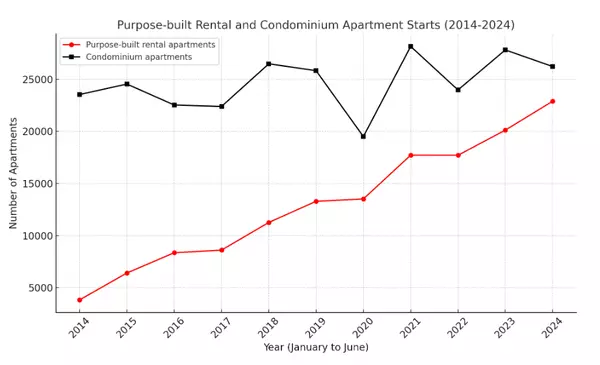


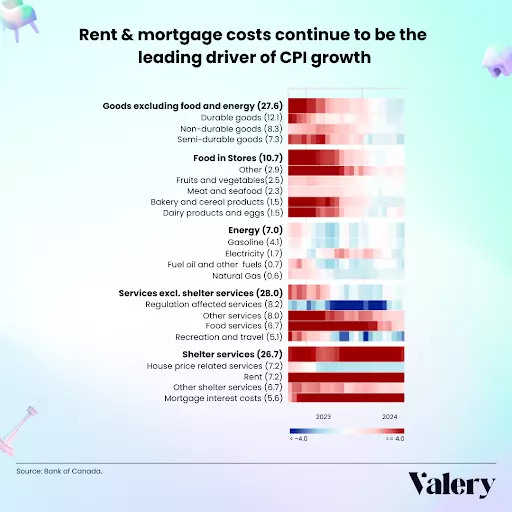
GET MORE INFORMATION


